Transport
Traction on industrial railways is often associated with steam locomotives, since it was its main driving force for a hundred years, together with animals and the workers themselves. However, over the course of the 20th century, other forms of traction gradually made their way onto this scene, especially as technical progress made them more efficient and reliable.
One of the most common forms was by means of internal combustion engines, using both petrol and, especially, diesel. Different drivetrain solutions (i.e. mechanical, hydraulic, electric) were incorporated depending on the manufacturer or the task of the machine itself.
Although they started operating in Asturias in the 1910s, they did not become widespread until the 1950s, when they were introduced both on surface lines and in the mechanisation of dragging operations inside the mines.
There is a wide variety of this type of locomotives due to the presence of different manufacturers. Among the most interesting ones, the Hunslet was delivered in 1948 to Carbones Asturianos, becoming one of the first to be used on the surface mining railways in the Nalón river valley, with a gauge of 650 millimetres and a mechanical drivetrain.
The smaller French-built Comessa came from Antracitas de Gillón to become one of the few machines used in the Narcea mining basin.
ENSIDESA's extensive railway network was operated from its earliest days by means of diesel traction. From the wide variety of locomotives available to the public steelworks, the B-15 is worth mentioning. It was built in 1959 by the French company Batignolles as a classic broad-gauge model that represents the characteristics of this country's manufacturers.
The German manufacturer Deutz was another major player in this field in Asturias. In 1964, a broad-gauge machine named General Jiménez Alfaro was produced in their workshops for the internal network of the Trubia Weapons Factory. It belonged to a standardised model of this manufacturer, who also delivered a good amount of these machines for several Asturian mining facilities.
Deutz not only built locomotives, but also supplied engines to other manufacturers, such as the Spanish company Ferrotrade, based in Madrid. They delivered one of their models to the Soto de Ribera Power Plant. This engine bore the number 2 and has a German-inspired design. It is a peculiar example of a little-known national manufacturer.
PHOTO GALLERY

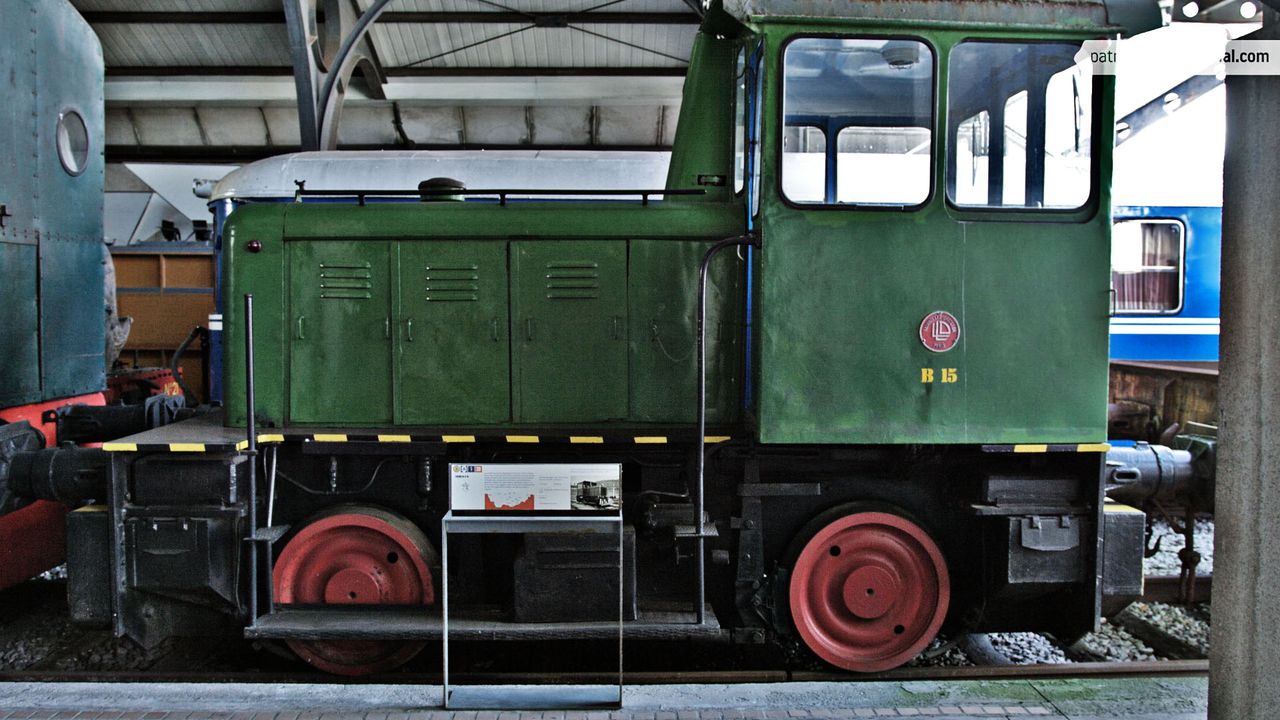
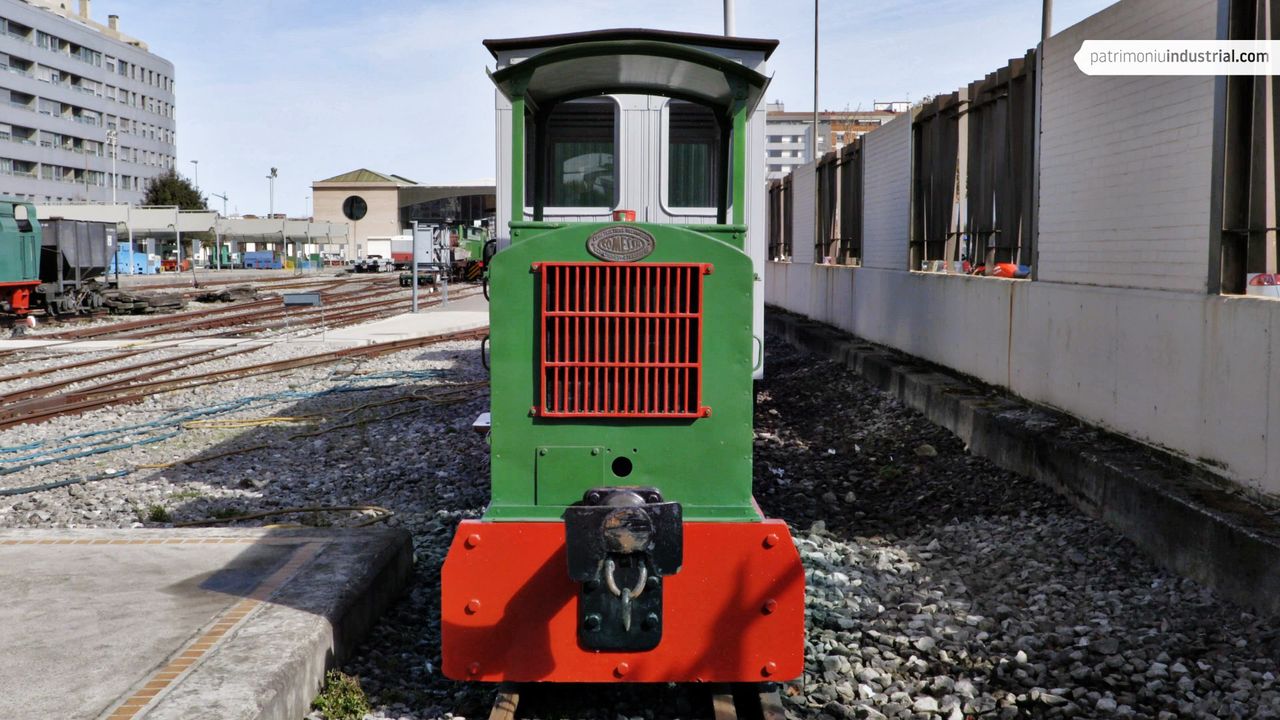
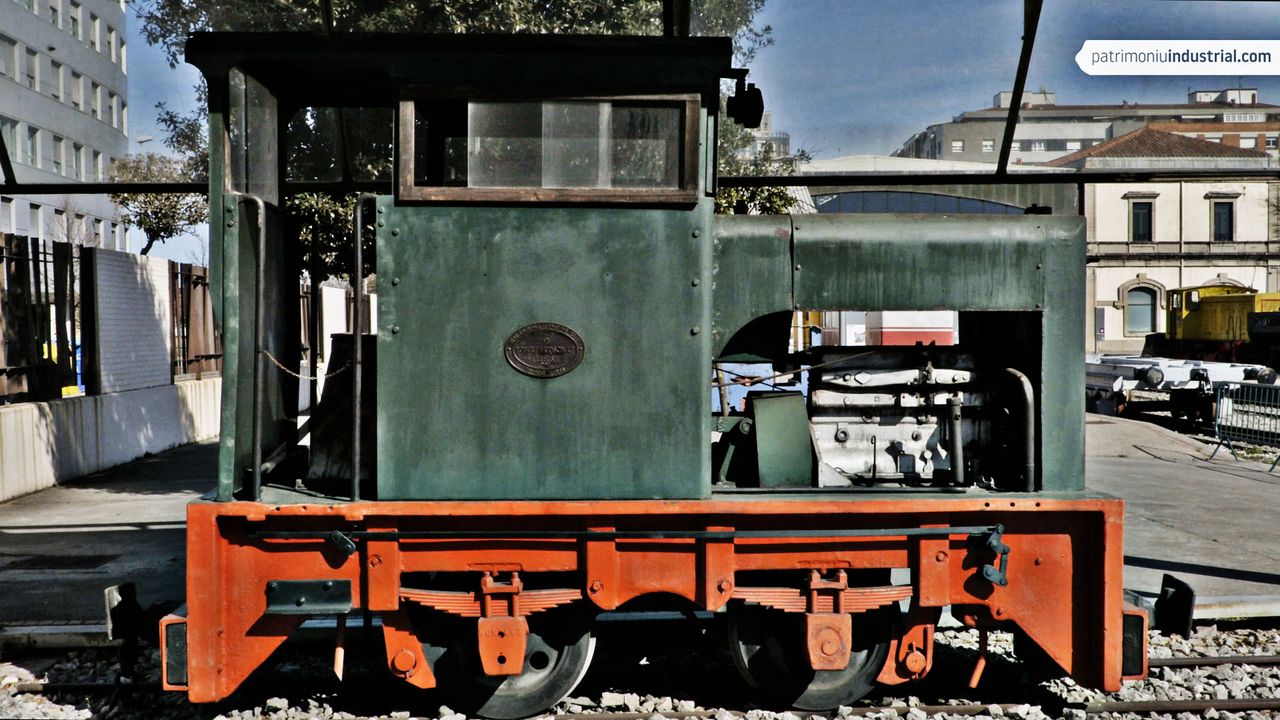

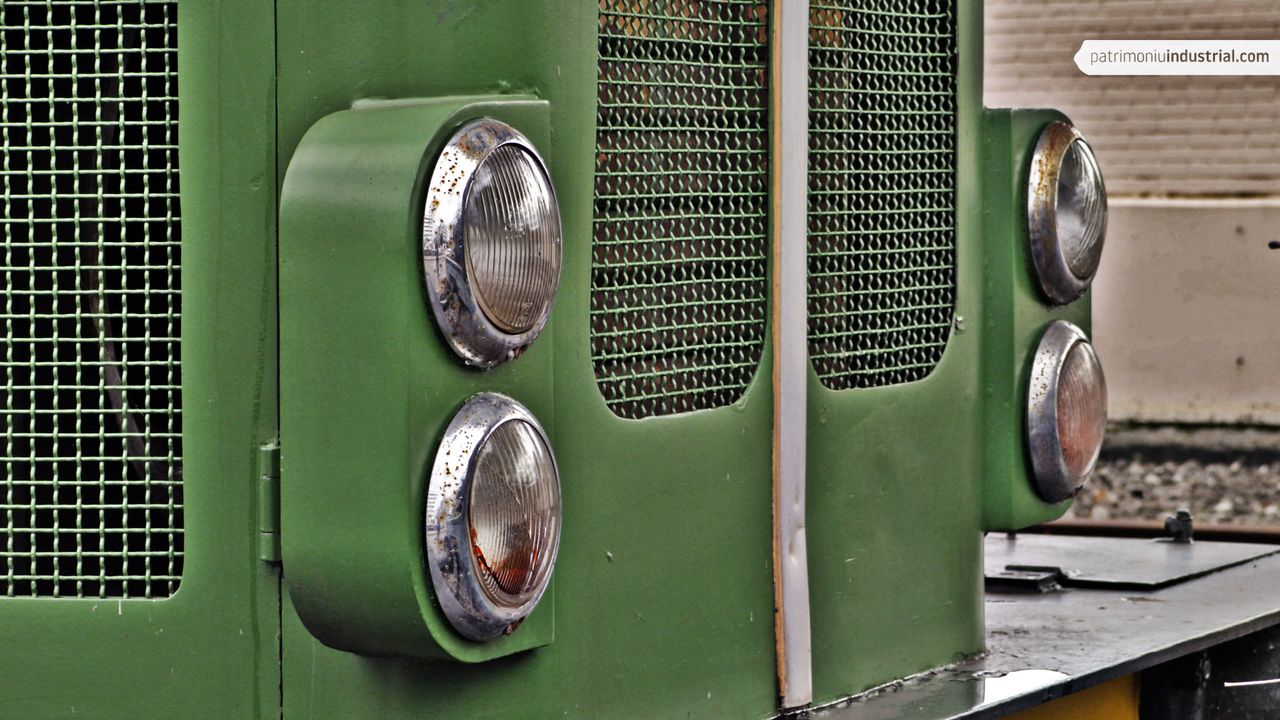
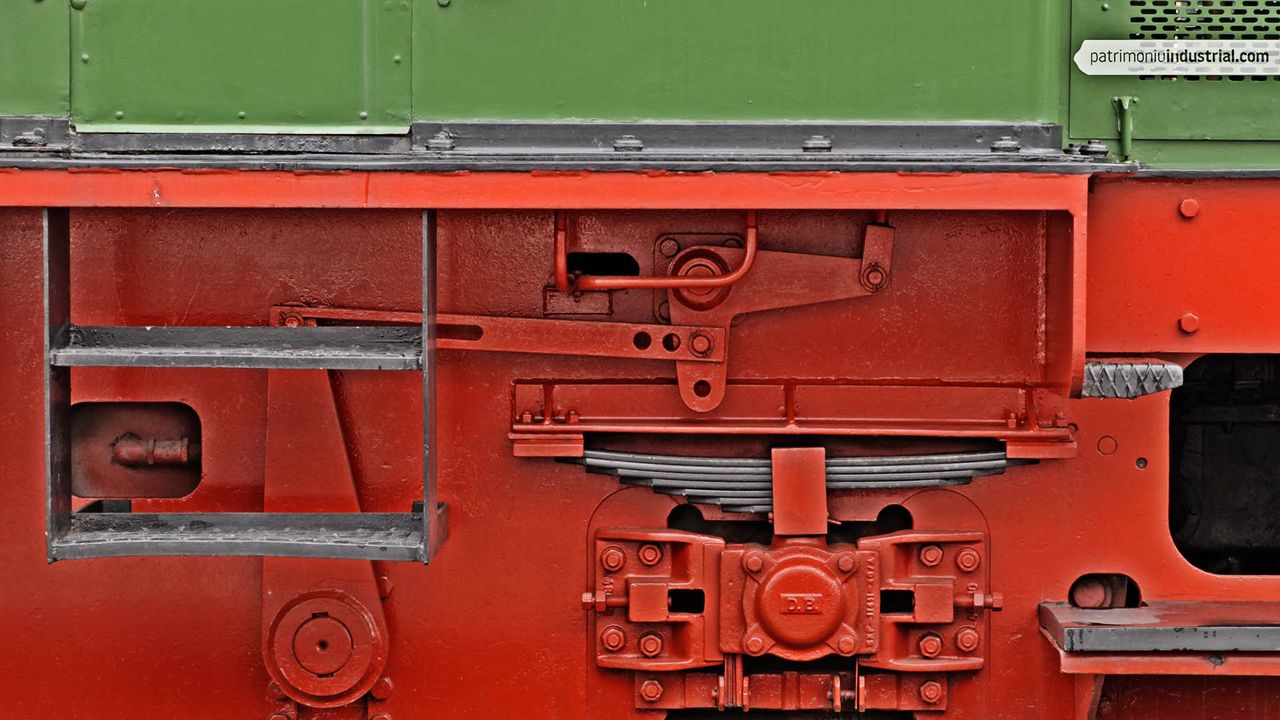
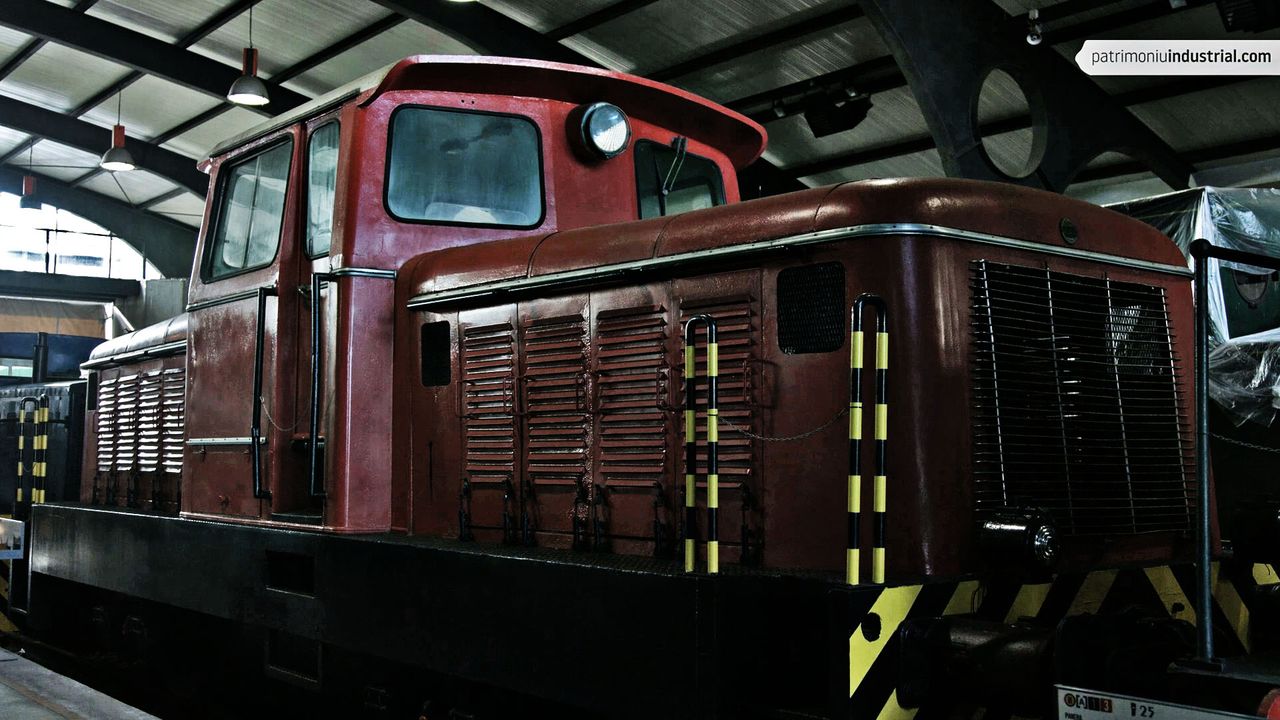
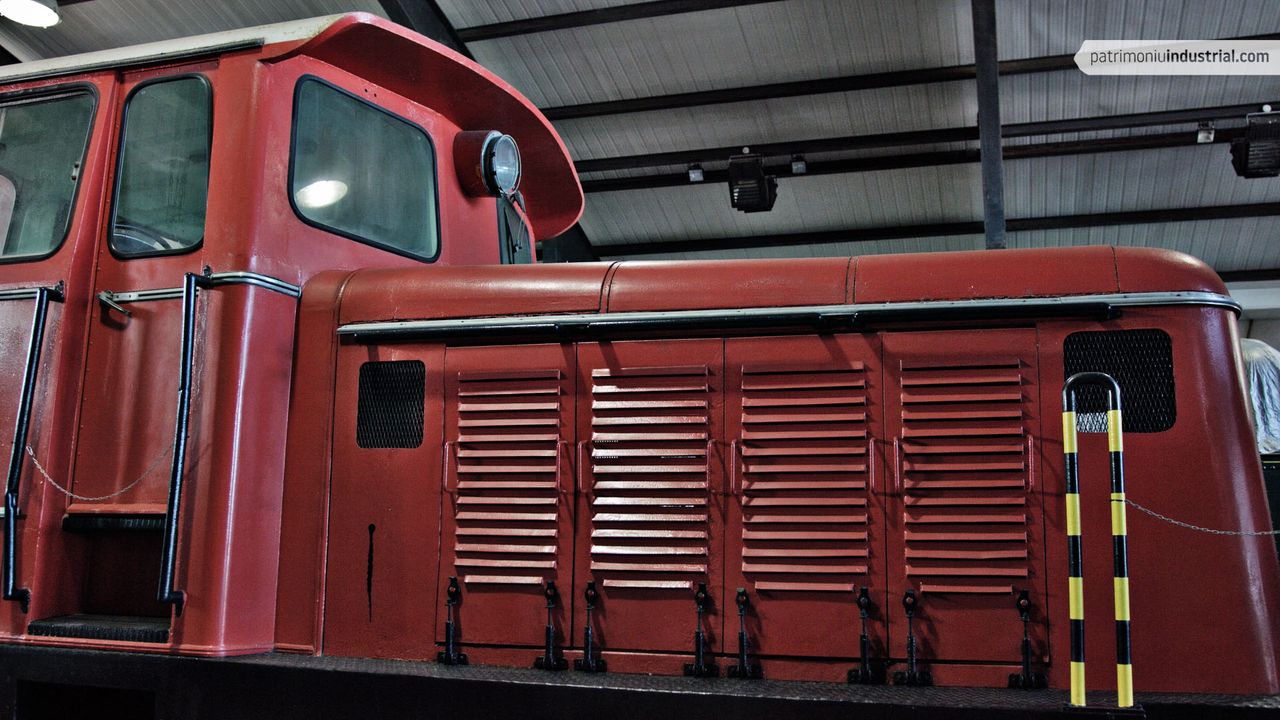



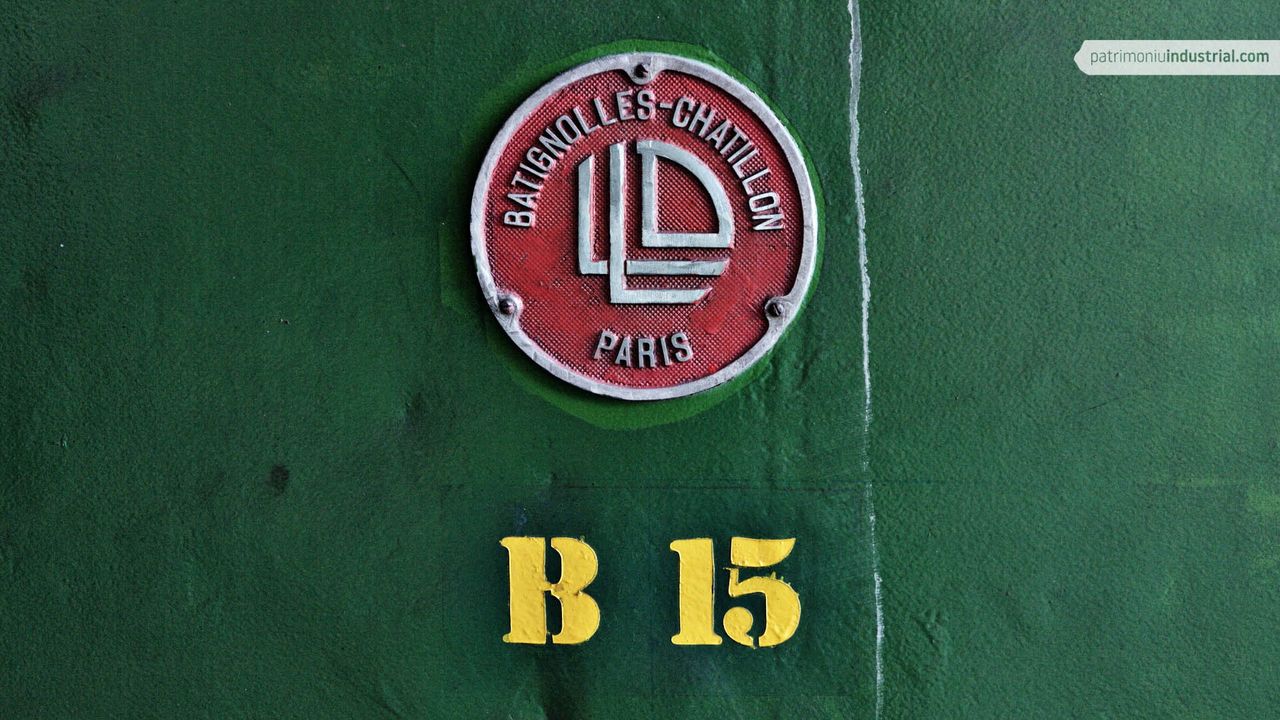
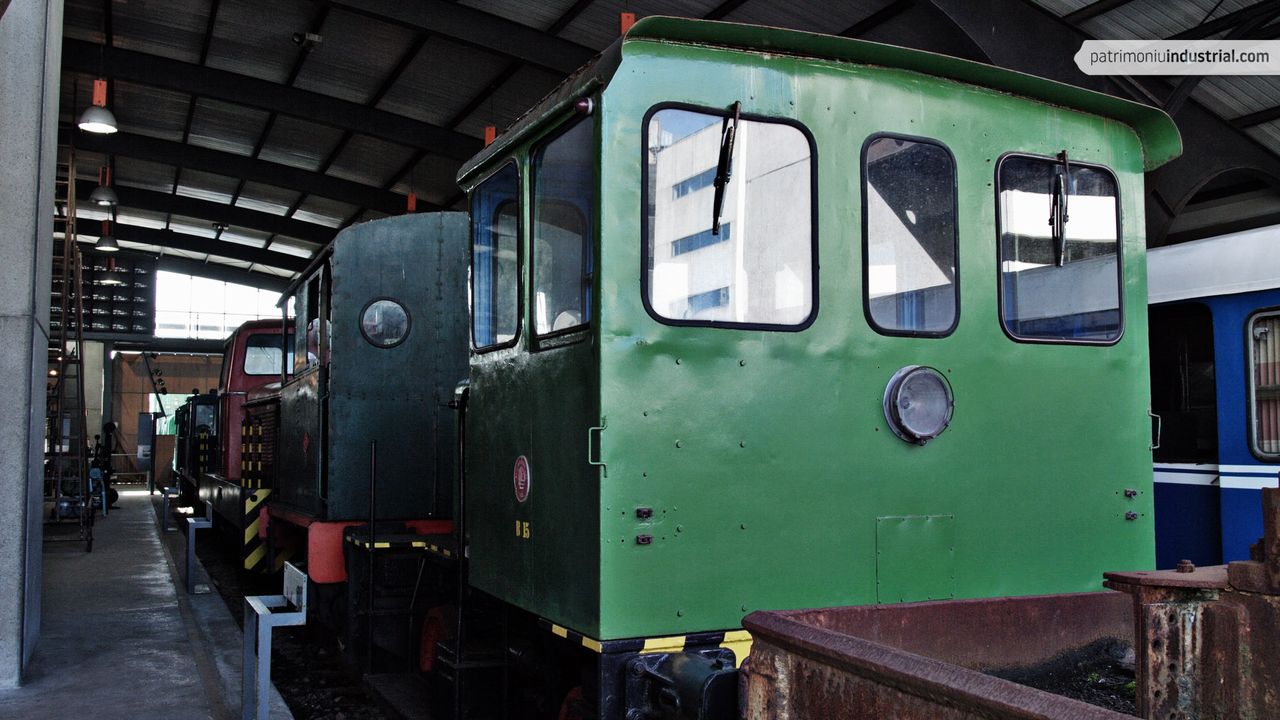
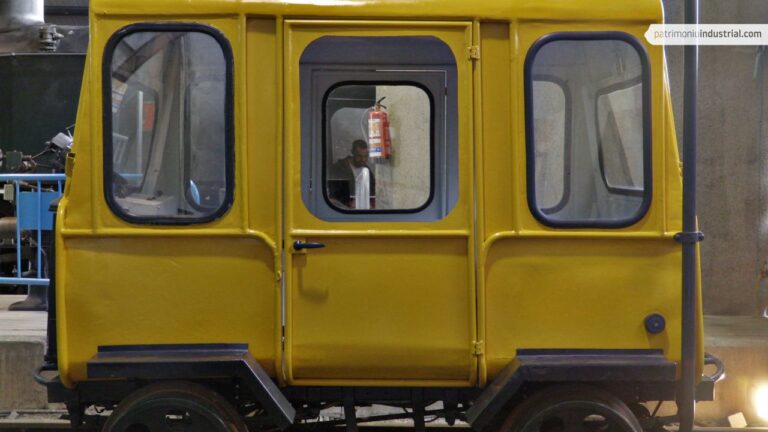
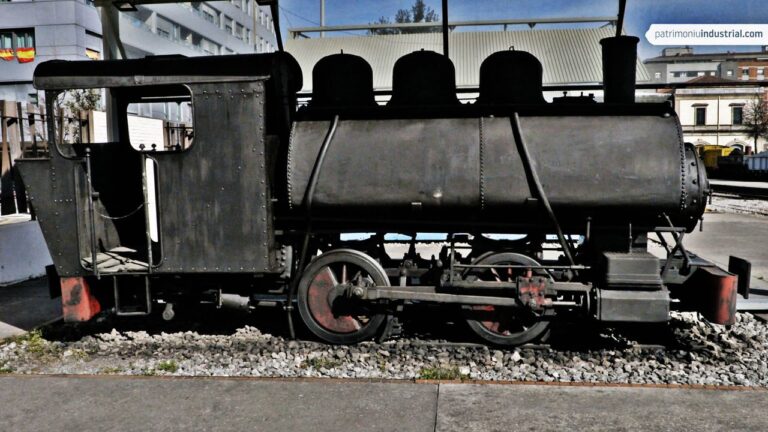
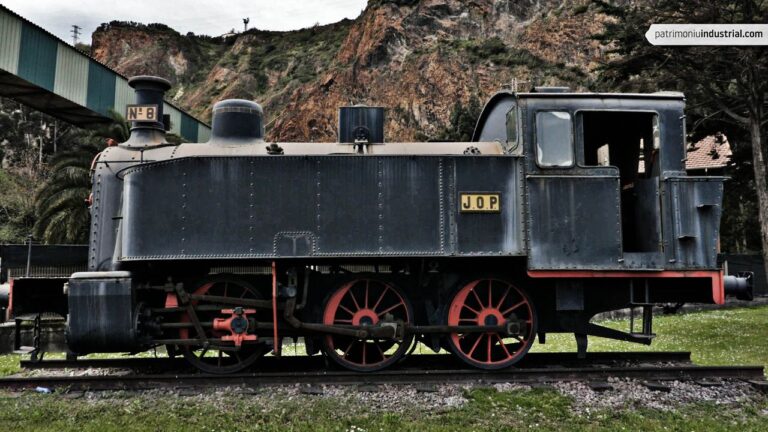

Recent Comments